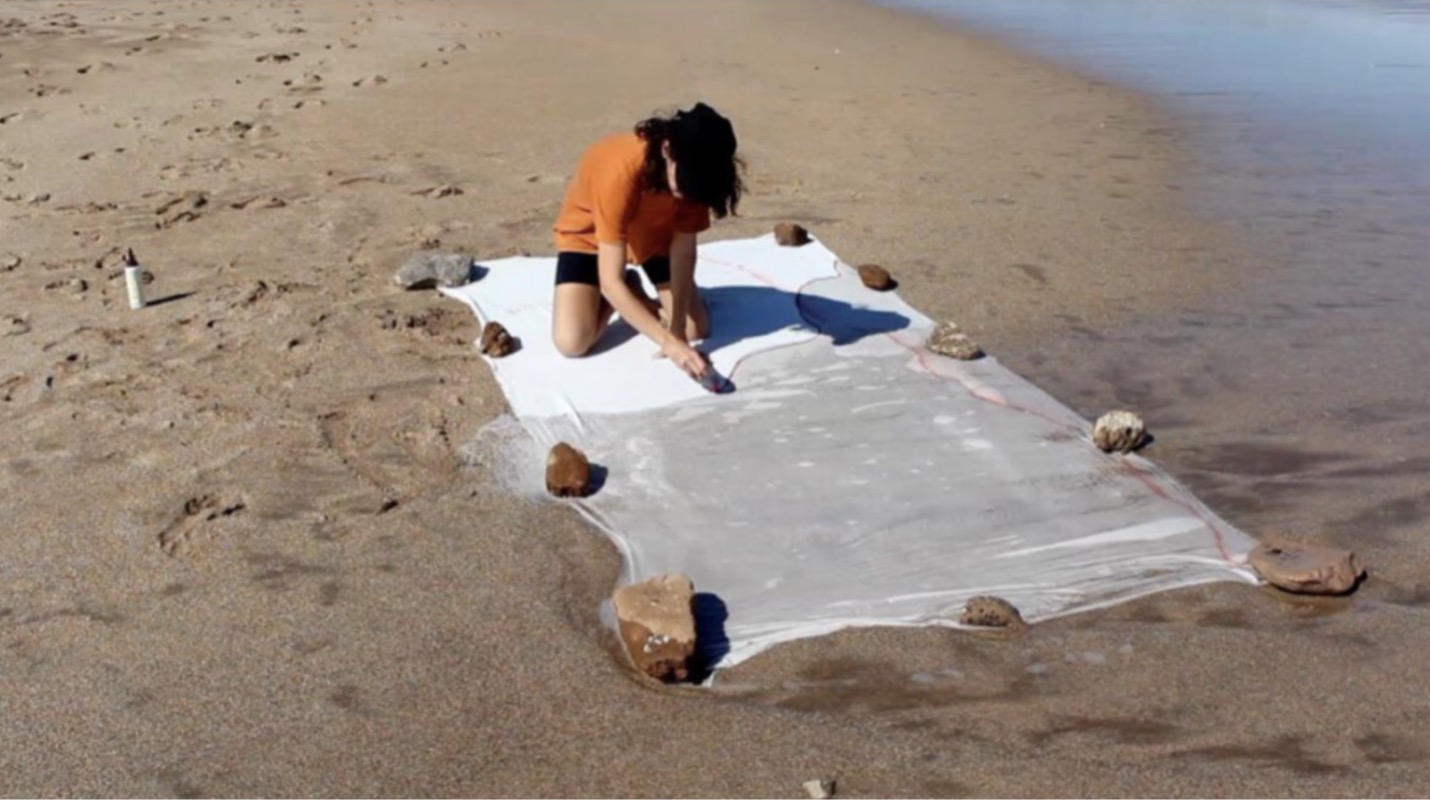In October 2014, staff in the Division of Digital Infrastructure and Emerging Technology (DIET) turned on the video wall and projection screens in the Lightbox Gallery for the very first time. What had once been a white box was transformed into a venue for digital experimentation—a space for projects that respond to the museums’ collections through new media and technologies
The DIET team had given the Lightbox the best genes: decent hardware and software, a visually arresting display system, and flexible input/output options. We aimed to make the gallery a place that triggers the imagination, whether by accessing the museums’ collections, showcasing media arts, or creating innovative classroom experiences. After we launched the first project, we knew that there would be unlimited possibilities in this unique gallery.
We have featured more than 20 projects in the Lightbox since we opened last year. When brainstorming with our collaborators, such as metaLAB (at) Harvard and the Harvard-Smithsonian Center for Astrophysics, we always considered the vast potential of the gallery and reshaped it based on specific needs. As a result, projects have been incredibly varied: a grid of nine screens has been used for slideshows and videos to accompany talks by staff, collaborators, and artists; the video wall has let visitors overlay conservation images to see works from the collections in different light wavelengths; the wall has also served as an interactive interface to showcase Harvard students’ research; and it has been a site to present visualizations that offer new ways of thinking about the museums’ collections data.
In October of last year, the Lightbox hosted a series of events for HUBweek, a weeklong ideas festival celebrating the work happening at the intersection of art, science, and technology across Greater Boston. For those projects, we created digital tools for conservators, astrophysicists, and visualization scientists to help them demonstrate how they use light to visualize information, so that they can better study the formation and evolution of celestial and artistic objects.
A current collaboration—“(In)visible: Light in Astronomy and Art Conservation,” planned in conjunction with UNESCO’s International Year of Light—is again reshaping the Lightbox and bringing innovative gallery experiences to our audiences. (Look out for related Lightbox Gallery talks in the calendar.)
The DIET team has recently been experimenting with several new technologies. We tried Kinect and Leap Motion, which would enable visitors to use hand gestures or body movements to interact with the video wall; we tried out bone conduction technology, which can activate an audio tour when visitors cover their ears with their hands; and we also played with augmented reality glasses that can reveal deeper information about the artwork in the galleries.
So what will be next? Imagine using conservators’ gloves to sort and control objects on the video wall; imagine randomly selecting an object to explore by throwing a die. We invite you to explore this experimental and collaborative venue along with us, to help uncover its full potential.
Ming Tu is the technology fellow in the Division of Digital Infrastructure and Emerging Technology at the Harvard Art Museums.



